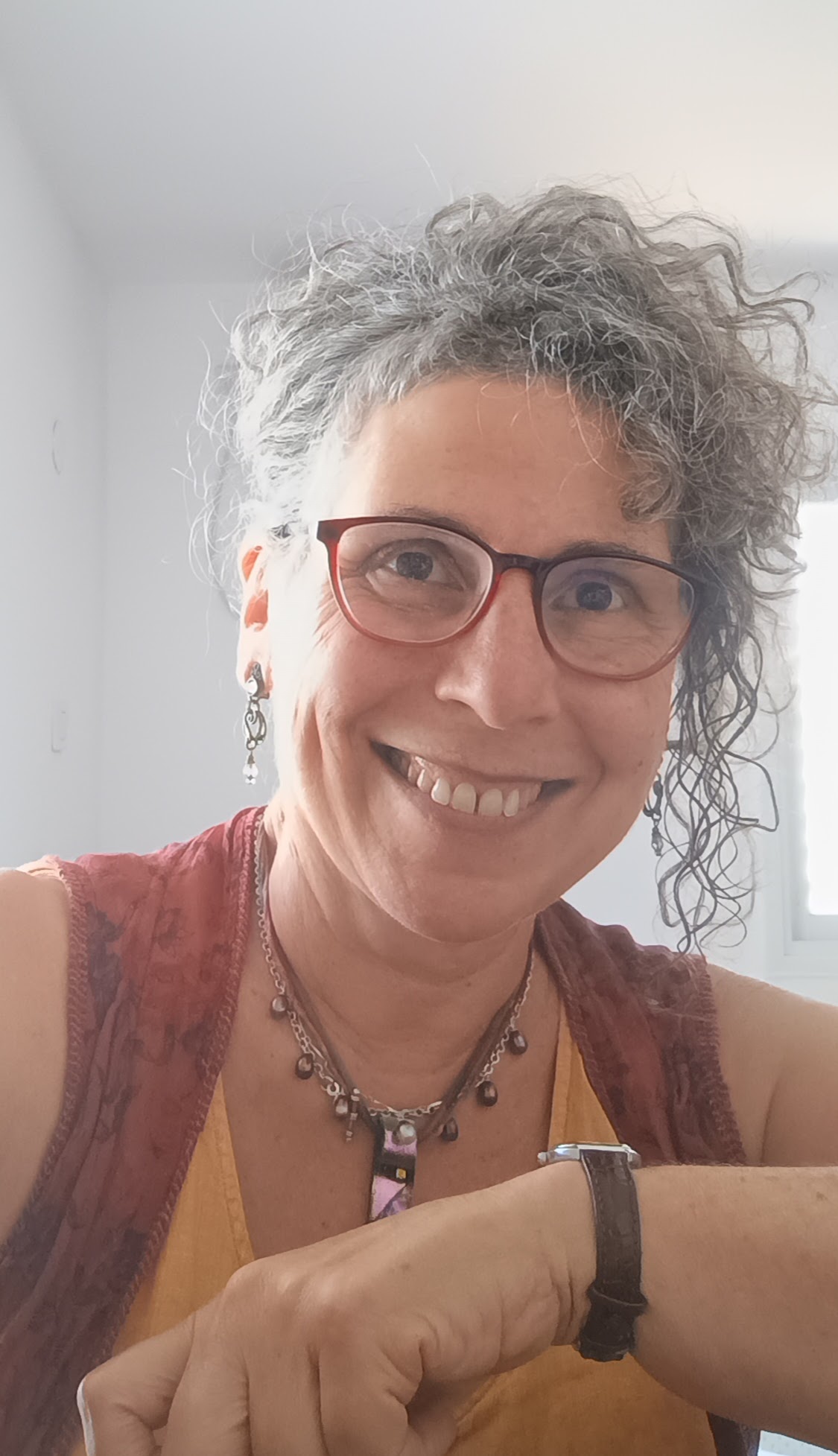Purim and Pesakh each fall on the full moon.
Each is preceded by a fast day.
Each is a celebration of ge’ulah, redemption.
And each presents an opposite face of their shared theme.
Purim is the last festival of the year, Pesakh the first.
The Exodus is sacred myth, the Purim tale — satirical farce.
We read the Megillah verbatim from parchment; we adlib and improvise with the Haggadah.
In the Pesakh story God commands, intervenes, wages war.
In the Megillah, God goes unmentioned.
But together, these two festivals connect the end of the year with its beginning.
Just like the last word of the Torah, “Yisrael,” loops back to touch the first word “Bereishit,” so does the month of Adar clasp itself to Nissan.
There are four special Torah portions* (in addition to the weekly portions) bridging the last month with the first. These highlight different aspects of the arrival of Purim and Pesakh. Through this device, the veiled miracles of Purim sit within the same frame as the overt miracles of the Exodus.
At the weary end of the storyline where events seem random and wild, when justice seems to have no part to play — we return to the beginning.
We juxtapose two stories and invite them to speak to each other.
In the light of Pesakh, God is Present even in Purim’s Hiddenness.
We cultivate joy to suffuse our survivors’ relief.
We sing gratitude for a lucky turn.
We celebrate.
We hope.
*The four special portions are: Shekalim, Zakhor, Parah and HaHodesh.







